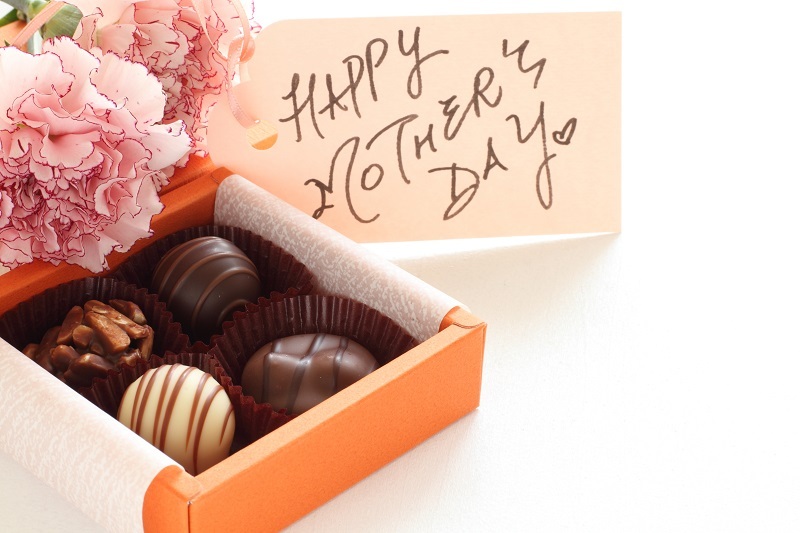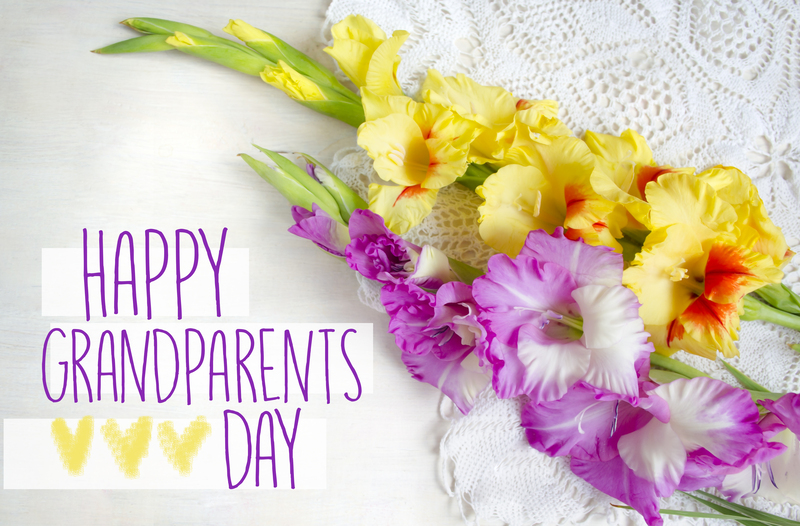Strategies for Sustaining Poinsettias' Life
Posted on 13/08/2025
Introduction to Enhancing Poinsettias' Longevity
Poinsettias are synonymous with festive decor, gracing homes worldwide with their vibrant colors and lush foliage each holiday season. While they are beloved for their beauty, many people dispose of their poinsettia plants after the holidays due to misconceptions about their maintenance. Understanding proper poinsettia care ensures these stunning plants can thrive well beyond December, often blooming the following year with the right attention. In this comprehensive guide, we delve into the best strategies for sustaining poinsettias' life, so you can enjoy their brilliance for months, or even years, to come.

Understanding the Poinsettia: Characteristics and Origins
Originating in Mexico and Central America, the Euphorbia pulcherrima is globally recognized as the poinsettia and historically associated with Christmas decorations. Contrary to popular belief, poinsettias are not just disposable, one-season plants. With optimal conditions, they can live year-round and even re-bloom. Before delving into poinsettia longevity strategies, it's important to acknowledge their biological needs:
- Photoperiod sensitivity: Poinsettias require a specific light-dark cycle to color their bracts.
- Temperature preferences: These plants prefer moderate to warm indoor temperatures.
- Humidity: Being native to tropical climates, adequate humidity is vital for their growth.
- Well-draining soil: They do not tolerate waterlogging.
Why Extend Your Poinsettia's Life?
Learning how to make your poinsettia last longer not only saves money, but also reduces waste and rewards gardeners with an ongoing display of color. Additionally, re-blooming poinsettias provide an annual sense of accomplishment and are perfect sustainable gifts.
Comprehensive Poinsettia Care Strategies
1. Location: Selecting the Ideal Spot
Placement is crucial in prolonging the life of your poinsettia. For a healthy poinsettia plant, adhere to these location tips:
- Bright, indirect sunlight: Position the plant near a sunny window but avoid harsh direct sun, which can scorch leaves.
- Draft protection: Keep away from cold drafts, heaters, and fireplaces to avoid temperature fluctuations.
- Avoid exposure to extreme temperatures: Ideal ambient temperatures range from 65-75?F (18-24?C) during the day, dropping no lower than 60?F (15?C) at night.
2. Watering Techniques: Balance Is Key
Effective watering routines are central to sustaining a poinsettia's life. Overwatering or underwatering can rapidly deteriorate plant health. Use the following guidelines:
- Keep soil moist but not drenched: Allow the upper inch of soil to dry between waterings.
- Ensure the plant's pot drains well--never leave it sitting in water.
- Use room temperature water to avoid shocking the roots.
- Reduce watering in the plant's dormant phase after the holiday blooming.
3. Humidity and Air Circulation
Native to tropical environments, poinsettias thrive with moderate humidity. Indoor heating during winter can create overly dry air, leading to dropped leaves.
- Group plants together to raise ambient humidity naturally.
- Use a water tray with pebbles under the pot, keeping the plant above waterline for humidity benefits.
- Mist the leaves occasionally, but avoid waterlogging the soil or dampening the bracts directly.
4. Soil Selection and Repotting
High-quality, well-draining soil is essential to cultivating a robust poinsettia. When sustaining a poinsettia for extended periods:
- Select a professional-grade, lightweight potting mix rich in organic matter.
- Repot after 12-18 months, or when roots become crowded, moving to a slightly larger pot.
- Always use containers with drainage holes.
5. Fertilization Schedule for Year-Round Health
To extend your poinsettia's life, proper fertilization is a must:
- Begin feeding with a balanced, water-soluble fertilizer (20-20-20) once new growth appears--usually late winter or early spring.
- Avoid fertilizing during active flowering or when the plant is dormant.
- Apply fertilizer every 4-6 weeks during the growing season for lush foliage and stronger roots.
Seasonal Strategies: Year-Round Poinsettia Care Calendar
Post-Holiday (Winter Into Spring)
- After bract color fades, continue regular watering but avoid fertilizing.
- Prune stems back to 4-6 inches above the soil, which encourages new growth.
- Maintain sufficient light and steady temperatures.
Spring and Early Summer
- Move the plant outdoors when temperatures exceed 55?F (13?C).
- Provide morning sun, afternoon shade for best results.
- Resume feeding and regular watering as new shoots emerge.
- Pinch back stems, promoting bushier plants (repeat every 4-6 weeks until late summer).
Late Summer to Early Fall: Preparing for Reblooming
- Ensure the plant is in a container if outdoors so it can be moved easily.
- Gradually acclimatize to lower light before bringing inside.
Fall: Inducing Color and Flowering
Poinsettia reblooming is a rewarding challenge requiring strict adherence to photoperiods:
- From late September for ~8-10 weeks: Provide 14-16 hours of complete darkness every night. Cover with an opaque box or place in a dark closet.
- Expose to bright daylight for the remaining 8-10 hours daily.
- Maintain temperatures of 60-70?F (15-21?C) and avoid sudden chills.
Failure to follow this light regimen delays or inhibits bract coloration.
Common Poinsettia Problems and How to Prevent Them
Yellowing Leaves
This typically signals overwatering or poor drainage. Always check soil moisture and empty overflow trays. Wilting paired with yellow leaves usually indicates root rot.
Dropped Leaves or Bracts
Sudden temperature changes, dry air, or drafts cause leaf loss. Keep your poinsettias in a stable environment and avoid placing near doors or vents.
Pests and Diseases
- Watch for whiteflies, spider mites, and aphids. Remove pests with soapy water or insecticidal spray, if needed.
- Avoid fungal diseases by ensuring adequate spacing and airflow.
Myths About Poinsettia Toxicity and Lifespan
Despite persistent rumors, poinsettias are only mildly toxic to pets and humans, rarely causing more than mild irritation. Handle with care if you have sensitive individuals at home, but recognize these plants are generally safe.
Additionally, it's a myth that poinsettias only survive a few weeks; with these poinsettia life extension techniques, yours can thrive for years!
Creative Strategies to Showcase and Sustain Poinsettias
Integrate Into Indoor Green Spaces
Don't limit your poinsettia to a windowsill! Blend poinsettias with other houseplants for a dynamic display of foliage and color. They pair wonderfully with green-leafed plants and succulents in bright atriums.
Grow as a Perennial Outdoors (Mild Climates)
In USDA zones 9-11, perennial poinsettia cultivation is possible outdoors:
- Transplant into garden beds with morning sun and afternoon shade
- Maintain moist but not soggy soil
- Prune regularly for compact growth
Gift and Share Sustainably
Root cuttings from mature poinsettias in spring for propagation! This strategy not only multiplies your collection but enables sustainable holiday giving.
- Cut 3-4" stems from healthy branches, remove lower leaves, and root in moist vermiculite or water
- Transplant when roots develop for new plants
Summary: Ensuring Long-Term Vitality of Poinsettias
By following these comprehensive poinsettia sustainability strategies, you can transform your festive holiday decor into a permanent, eye-catching houseplant. Remember, the secrets are consistency, correct environmental conditions, and seasonal practice of photoperiod management. Poinsettias reward attentive owners not only with lasting beauty but also the satisfaction of year-round gardening success.

Frequently Asked Questions About Poinsettia Longevity
- Q: Can poinsettias survive year-round indoors?
A: Absolutely! With the right care and environment, your poinsettia can be a vibrant part of your indoor garden all year. - Q: How can I get my poinsettia to change color again next year?
A: Provide 14-16 hours of total darkness nightly for 8-10 weeks in the fall, paired with good daylight. This process, called photoperiodism, is essential for bract coloration. - Q: Is it worth keeping a poinsettia after Christmas?
A: Yes! With modest effort, these lovely plants can rebloom and thrive, bringing joy throughout the year.
Conclusion: Embrace the Year-Round Beauty of Poinsettias
Sustaining a poinsettia's life is easier than many people realize. With these proven poinsettia care strategies, you'll enjoy vibrant bursts of red, pink, white, or yellow well after the holidays. Experiment with advanced techniques such as controlled light exposure and proper feeding, and you'll be rewarded with a healthy, flourishing plant season after season. Extend poinsettia enjoyment into the future by integrating these tips into your regular plant care routine--your indoor garden will thank you!
Latest Posts
From Bud to Bloom: The Path to Perfect Hydrangeas
Give the Gift of Blooms: 5 Popular Valentine's Day Flowers
Strategies for Sustaining Poinsettias' Life





